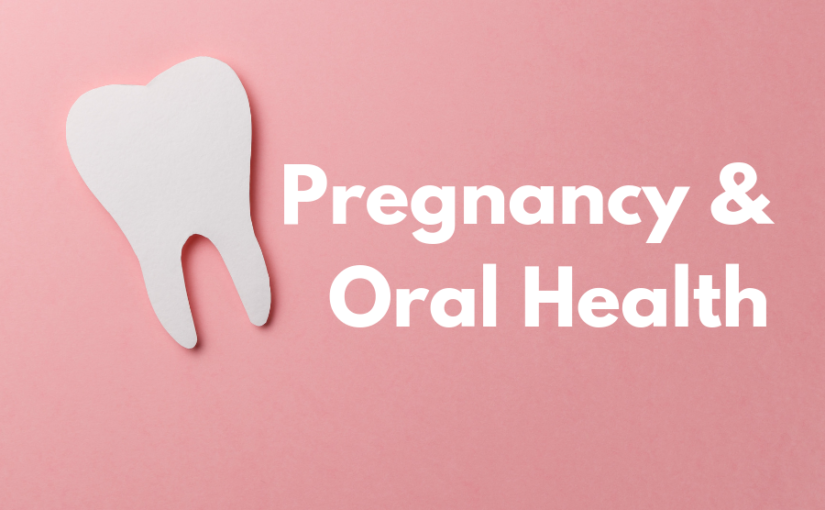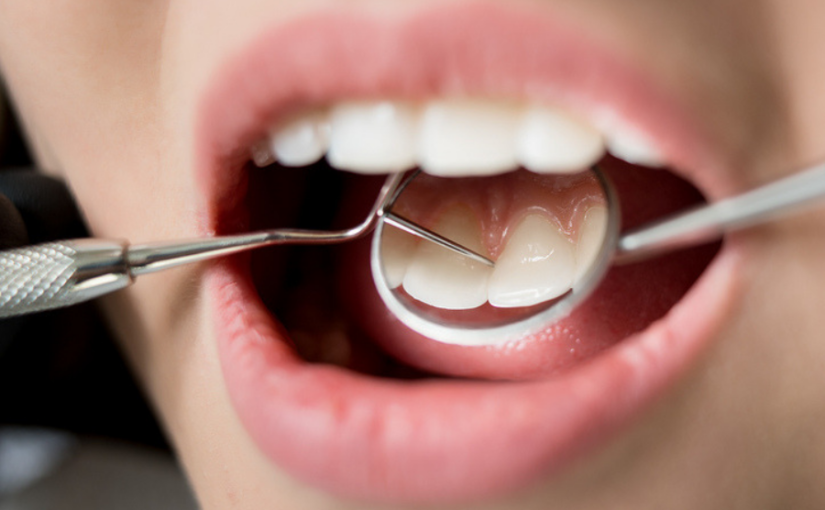By: Dr. Elizabeth Eggert
How did this start?
Melanie is a long-time patient of the practice. In 2014, she talked with Dr. Elizabeth about improving the appearance of her smile. Two of her upper front teeth were shorter than she liked and she wanted to know her options for lengthening them. Dr. Elizabeth recommended doing either composite or porcelain veneers and discussed the two options with Melanie. At that time, Melanie decided to go with composite veneers, which are fabricated chairside and only require one appointment to complete. Before doing the composite veneers, Dr. Elizabeth created a wax mock-up of Melanie’s new teeth to show her what they would look like. After the composite veneers were done, Melanie was very happy with her smile and the look of her new teeth.

Fast forward 4 years…
Melanie is now engaged and wants to brighten her smile for her upcoming wedding. Unfortunately, composite veneers will stain over time and Melanie wanted to do more bleaching to brighten her whole smile. She wanted to know what her options were for professional whitening, as she knew that at-home bleaching wouldn’t work on her existing composite veneers. Dr. Elizabeth explained to Melanie that even professional treatments wouldn’t whiten her veneers, but there were other treatment options she could consider to achieve her desired results.

What was involved?
Dr. Elizabeth developed a treatment plan for Melanie that consisted of three phases. The first was to get Melanie’s teeth into the proper position in preparation for the restorative work that would be done in the final phase. Melanie had started developing some spacing between her upper front teeth, so Dr. Elizabeth made her a retainer that was designed specifically to close this spacing. Melanie was very compliant in wearing her retainer as instructed and after four weeks, the space was closed and she was ready for the next phase of her treatment. To get Melanie’s natural teeth to her desired shade, Dr. Elizabeth recommended Zoom whitening, our in-office whitening treatment. This procedure is completed in a single session and provides fast, dramatic results. Melanie was very happy to see that the Zoom whitening system brightened her natural teeth by five full shades. Dr. Elizabeth then completed Melanie’s treatment by replacing her existing composite veneers with porcelain veneers that matched the shade of her newly whitened teeth.

What does she think?
Melanie said she was surprised by how quickly her treatment was able to be completed, as she had initially expected it would be a long process. She said she also felt well-informed and involved in her treatment plan.
“Dr. Eggert and her team were great about explaining the whole process and making sure I was involved throughout my treatment to make the outcome exactly what I wanted.” When asked what she would say to someone considering similar treatment, Melanie said, “I would definitely recommend talking to Dr. Elizabeth about your options! You smile every day and it’s such a great feeling to be proud of your smile.”
We are so happy that we could help give Melanie a smile she is proud to show off when she gets married next month! Congratulations, Melanie!














